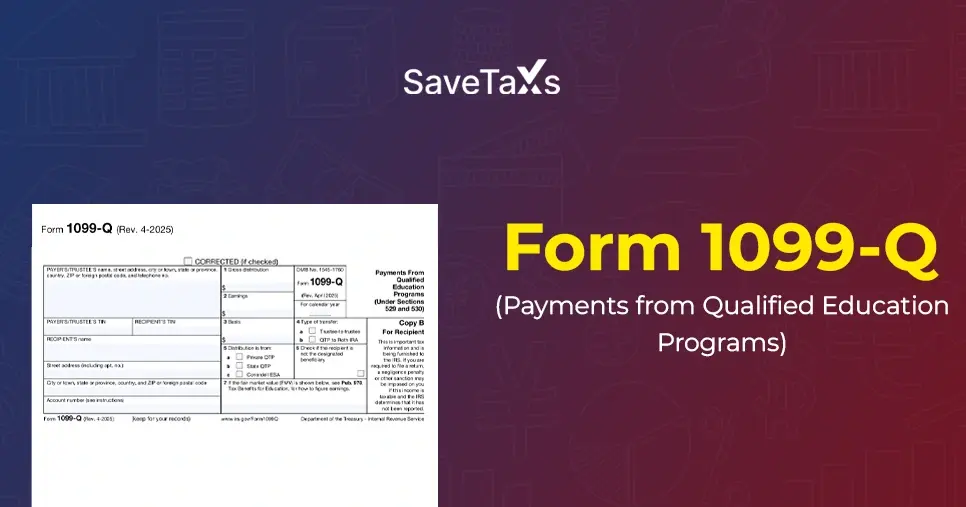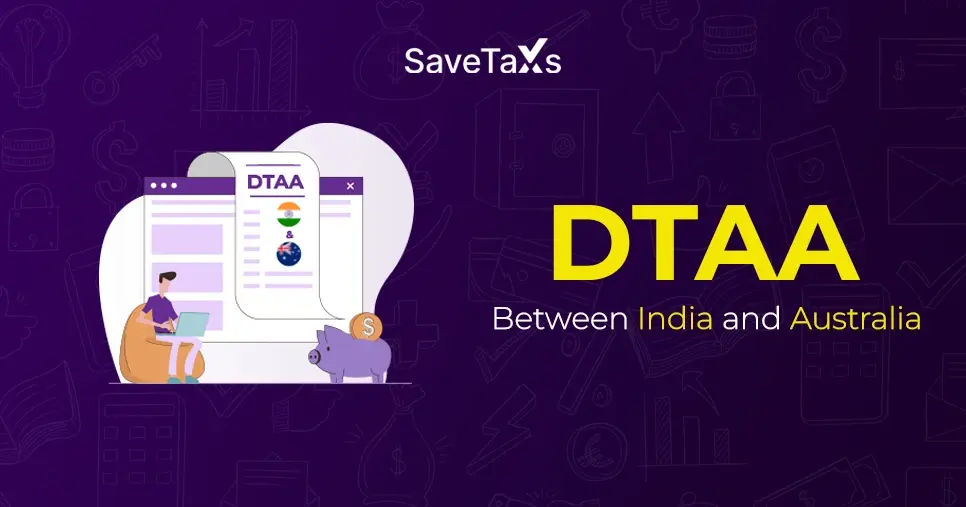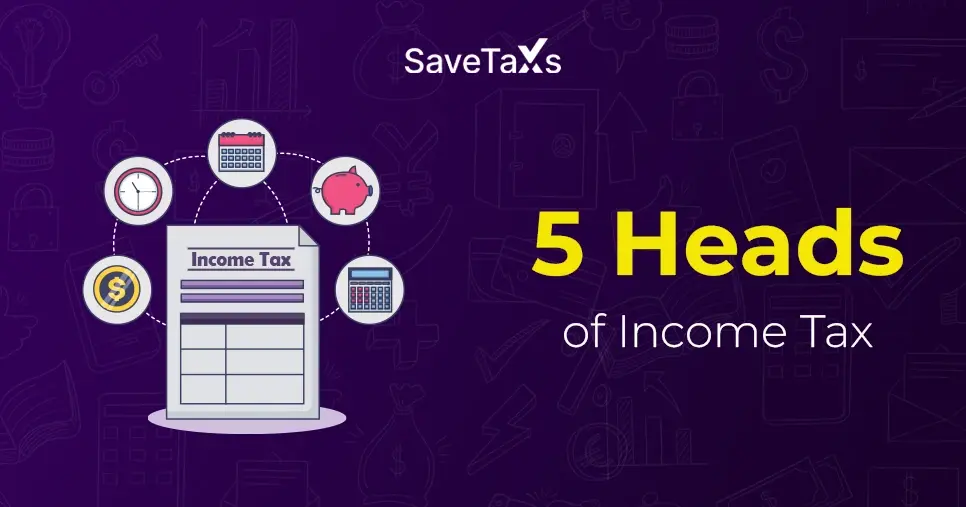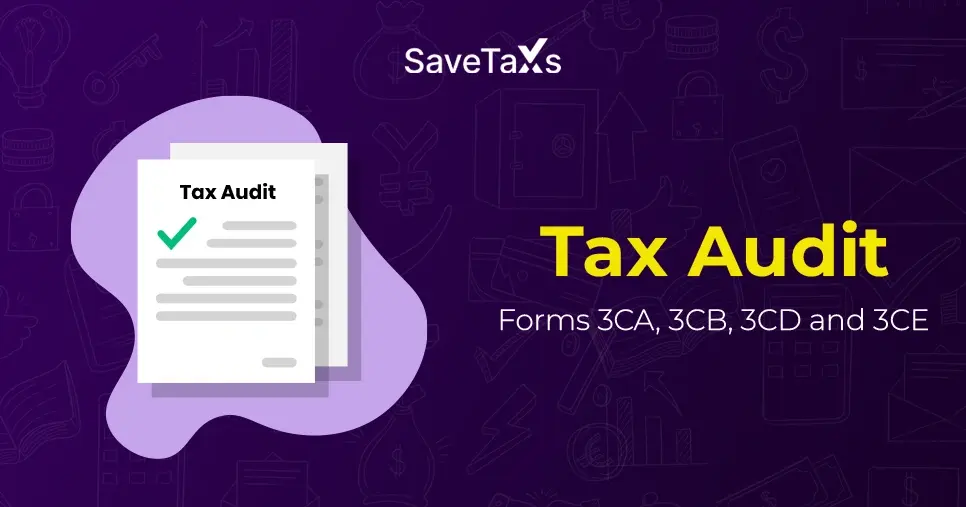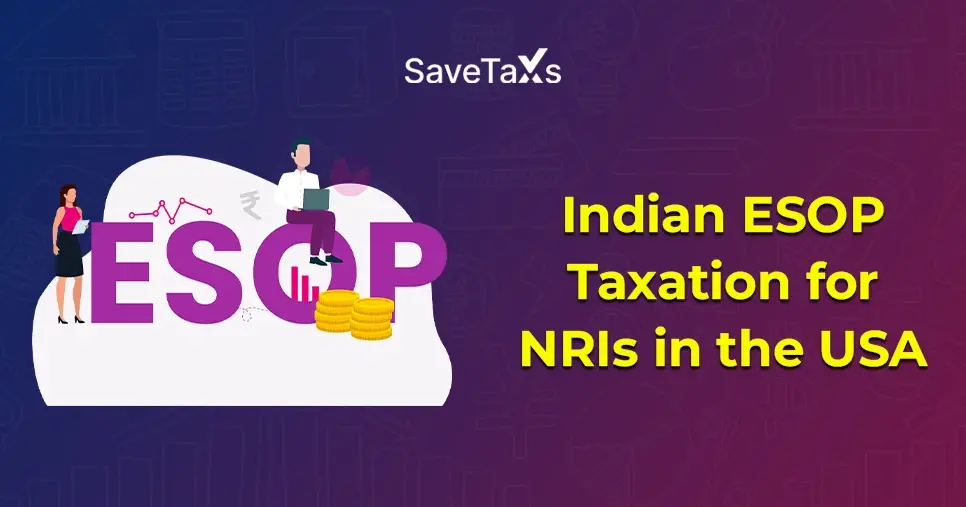A W-4 Form is an IRS document that is filled out and submitted by employees to their employer. It states how they wanted their payroll taxes withheld from their paychecks. This form is also known as "W4." However, between changing tax status and annual updates, it's vital to know how this form works.
Are you also curious to know about this form and how it is filled? Well, then you are on the correct destination. So scroll down and gather all the information about the W-4 Form.
Key Takeaways
- W-4 Form of the IRS provides the employer with details about the tax situation of the employee. It further helps the employer in withholding your income accurately from your pay and on your behalf forwarding the government for taxes owed.
- As per the unfavorable term, employers are liable to withhold the income if they do not have a W-4 Form on which to base their calculations.
- In case of the previous year, you do not have any tax liability, your income might not be withheld. Additionally, in the current financial year, do not expect to have a tax liability.
- If your withholding amount is too much, for the federal government, it is like a loan that is interest-free. However, if your withholding amount is too low, then you may face a penalty for underpayment and a tax bill.
- To know your tax filing status, tax rates, and Standard deduction, your personal information is taken. In case you have more than one job or are filing the taxes jointly, and your spouse also works, include those details also in the W-4 Form.
What is Form W-4?
As mentioned above, the W-4 Form in the US is filled out by employees to show their tax situation to their employer. It further helps the employer to withhold the correct federal tax amount from the paychecks of employees. In many cases, it is seen that if your earnings are higher, then you need to pay taxes.
Moreover, there are several incomes that are excluded from taxation in the US. However, if you are working as an employee and are earning more than a specific limit. In this scenario, you are liable to pay taxes to the federal government on your income.
To certify that your withholding amount is right, you need to fill out Form W-4. It is specifically done when you start a new job. This document reports the vital details associated with your tax situation. Additionally, employers use this to know how much to withhold for paying federal income tax from your salary.
This was all about the W-4 Form. Moving ahead, let's know how this form works.
How Does W-4 Form Work?
The W-4 Form helps the employer to know your current tax situation so that they can determine how much they need to deduct from your salary. After this, on your behalf, the employer transfers the deducted money to the government. This ensures the timely collection of your liable federal income taxes by the IRS.
Filing the W-4 Form accurately helps you specify several details of your tax situation. Further, at the end of the year, it assists you in calculating the taxes you owe on your income when you file your tax return.
The information includes your tax filing status, earnings from other jobs, other income sources, and tax deductions and credits that you can claim. In case you qualify for this, then you get two options. First, you can choose to have extra withheld money from your pay or claim a tax exemption from your withholding.
This was all about the working of the W-4 Form. Moving further, let's know the difference between W-2 and W-4.
What is the Difference Between W-2 and W-4 Form?
To keep track of the tax withholdings and compensation of employees, W-2 and W-4 forms are vital documents for employers. However, both of these forms have different purposes and in the payroll process used in different times.
A W-2 form is an annual statement that employers provide to their employees. It consists of information such as during the year how much they earned, the value of any applicable tax provided, and their withheld taxes from their income. It is used by employees to fill out their individual tax returns. In simple words, this form shows you withheld income and taxes for the year.
On the other hand, generally, the W-4 is filled out by employees when they start a new job. Through this form, they provide vital personal information (dependent and marital status) to employers to know their tax deductions and withholding amount. While the form is filled out by the employees, but used by employers to deduct the federal tax amount from their salary.
This is the key difference between W-2 and W-4 Forms. Moving ahead, now let's know the changes made under this form.
What Changes Made Under New W-4 Form?
In the past, the W-4 Form was based on the withholding allowances system. Generally, you file the form when you need to adjust your withholding taxes or start a new job. Further, to reduce the difficulty of calculating the withholding from each salary, the method of determining the amount was replaced by the IRS. Additionally, to increase the accuracy and understanding, the W-4 was also changed along with the withholding system.
With a few minor changes, the IRS released the W-4 Form for 2025. Among the other changes, one was to know the correct withholding amount, use the IRS Tax Withholding Estimator.
Another change is an update in tax tables to use with the Multiple Jobs Worksheet. It explains that if the employees, since 2019, have not updated their withholding amounts, they should submit a new W-4 Form for accurate withholding.
While many of the things on the W-4 Form are the same, it is vital to know about the notable adjustments. For instance, the standard tax deduction for each tax filing status has slightly increased:
|
Filing Status |
Tax Year 2023 |
Tax Year 2024 |
|
Single or married filing separately |
$13,850 |
$14,600 |
|
Head of household |
$20,800 |
$21,900 |
|
Married filing jointly or qualified widow |
$ 27,700 |
$ 29,200 |
These are some of the changes made under the W-4 Form. Moving ahead, let's know what happens if this form is not submitted by the employee to the employer.
What If You Do Not Submit a W-4 Form?
In case an employee does not submit the W-4 Form, then, in this scenario, as per some unfavorable terms, employers have the right to keep the withheld income.
The employees will be given the single or married tax filings separately, even if they are married or eligible for head of household. In addition, they qualify for lower tax rates and benefits. For that tax status, they will be credited with the standard tax deduction and nothing more. Also, as an outcome, on their paychecks, a larger withholding amount will be kept for taxation.
The effect of not providing a W-4 Form does not end here. For underpayment of taxes, you will be obligated to pay a penalty when you file your tax return. Although in this rule there are some exceptions, you get. For instance, if your underpayment of taxes was because of reasonable cause and you did not wilful neglect it, then, as per the IRS, you do not need to pay a penalty.
These are the circumstances that employees face in the absence of a W-4 Form. Moving ahead, let's know the exemptions under this form.
Exemptions Under W-4 Form
In case the employees did not submit a Form W-4, then under some circumstances, they can claim an exemption from withholding. You are eligible for exempt from withholding if in the previous year you did not have any tax liability. In addition, you don't expect the tax liability in the current year as well.
This exemption is only available for one year. So to claim exemption from withholding, each year you need to fill out a new W-4 Form. Furthermore, students in the US working as part-time employees can also be exempt from withholding.
It was all about exemptions under the W-4 Form. Moving forward, let's know how to fill out this form.
How to Fill Out W-4 Form?
You can fill out the W-4 Form in just five simple steps. These are as follows:
- Step 1: Provide your personal information and anticipated tax filing status. It will be used to know your standard tax deduction and the tax rates to compute your withholding.
- Step 2: This step is for the employees who have more than one job at a time. Additionally, married and filing jointly or their spouse also do a job. Here, the correct withholding amount will depend on the earned income from all jobs by both you and your spouse.
- Step 3: In case you have children, this section tells you about the child tax credit. Also, the credit for available for other dependents that you may qualify to claim while filing your return.
- Step 4: This step includes the following information:
- Other estimated earnings from sources such as dividends, retirement, or interest.
- To reduce your withholding amount, other than the standard tax deduction, tax deductions you plan to take.
- For each paycheck, any supplemental withholding you need.
- Step 5: To submit your W-F form, mention your name, date, and sign it.
This is how, in five simple steps, you can fill out the W-4 Form. Moving ahead, let's read the different questions to better understand this form.
Top Questions to Better Know About the W-4 Form
To better understand the W-4 Form, here are the top questions mentioned. So read on and gather all the information.
If I Claim 0 on My W-4 Form Will I Owe Taxes?
The amount of taxes is estimated by the total allowance number on line five that you claim. By mentioning "0" on line 5, you state that for each pay period, the maximum tax amount should be taken out. With the new system, you can show whether you need less or more than the standard amount. In case you have zero adjustments and dependents, from your paychecks, the standard tax amount will be withheld.
It means that, while on your paychecks you get less money, at the end of the year your tax bill will be lower. However, you still might owe taxes. For instance, you are self-employed and you do not have an account for those taxes you withhold more on your W-4 Form.
Can You Claim Tax Exemption from Tax Withholding on Your W-4?
Yes, you can claim tax exemption from tax withholding on your W-4 Form. It means that, on your income, your employer would not withhold any amount to pay federal income tax. However, you only qualify for this when you do not have any tax liability from the previous year. Additionally, in the current year also you do not expect any tax liability.
For instance, you are an individual taxpayer with $8000 approximate yearly income. In this scenario, you are not liable to pay federal income tax. It is because the standard tax deduction, which you claim on your return, would eliminate the possibility of owing any tax on your earnings.
Can the W-4 Form be used in Self-Employment Income?
Yes, you can use the W-4 Form in your self-employment income to know the taxes you owe in addition to your earnings from your primary job. Through your withholdings from your salary, to account for your self-employment taxes on Step 4(a) of the W-4 Form, mention this income. After that, in Step 4(c), you need to mention your self-employment tax each pay period.
However, know that the W-4 Form does not calculate your self-employment tax, so you need to do this on your own. While some individuals might opt for the W-4 Form partially for calculating self-employment taxes. In this, for estimating the quarterly taxes, the accurate method to use is 1040-ES.
If you expect to owe more than $1,000, then you generally need to pay the estimated taxes quarterly. Throughout the year, these taxes are distributed into four payments.
*Note: Remember that if you are opting for self-employment taxes with your W-4 withholdings, know that you still owe taxes. It is specifically when from your self-employment income you do not earn an amount during each pay period. Additionally, you need to use a calculation to know the owed tax amount.
When to Update Your W-4 Form?
You should update your W-4 Form when you experience a big change in your income. When you owe too much money from your paychecks. It states that without any interest, you have given a loan to the federal government. However, if you withhold a very low amount, then you may get an unexpected tax bill. Additionally, need to pay a penalty when you file your income tax return or for underpayment.
Furthermore, instead of facing this issue every year, it is better to update your W-4 Form. It will help you in two ways:
- If you want to pay the tax amount you owe, it is a good option to avoid this result.
- If every year you want to get a big tax refund, it is vital to know about your withholding amounts. It is because your tax refund is directly impacted by withholding.
These were some of the common questions related to the W-4 Form.
Final Thoughts
Lastly, this is what the W-4 Form is and why it is important for both employees and employers. Also, you get to know about the situation where you can exempt the withholding amount. Hope after reading this blog, you get all the information about the W-4 Form.
Further, even with a proper understanding, it can be a little complex to fill out this form. If you are also facing this situation, contact Savetaxs and let our experts help you. We have a team of professionals who have years of experience in US taxation. So, connect with us and let our expert help you in filing out the W-4 Form simply without any errors.

Mr Varun is a tax expert with over 13 years of experience in US taxation, accounting, bookkeeping, and payroll. Mr Gupta has not prepared and reviewed over 5000 individual and corporate tax returns for CPA firms and businesses.
Want to read more? Explore Blogs
Frequently Asked Questions
No matter what your source of income is, we've got you covered. There’s a plan for everybody!
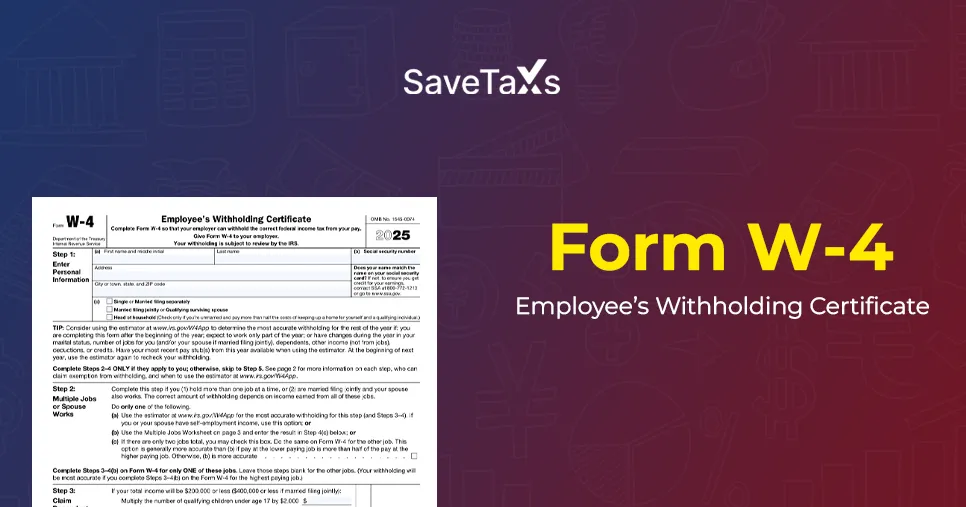
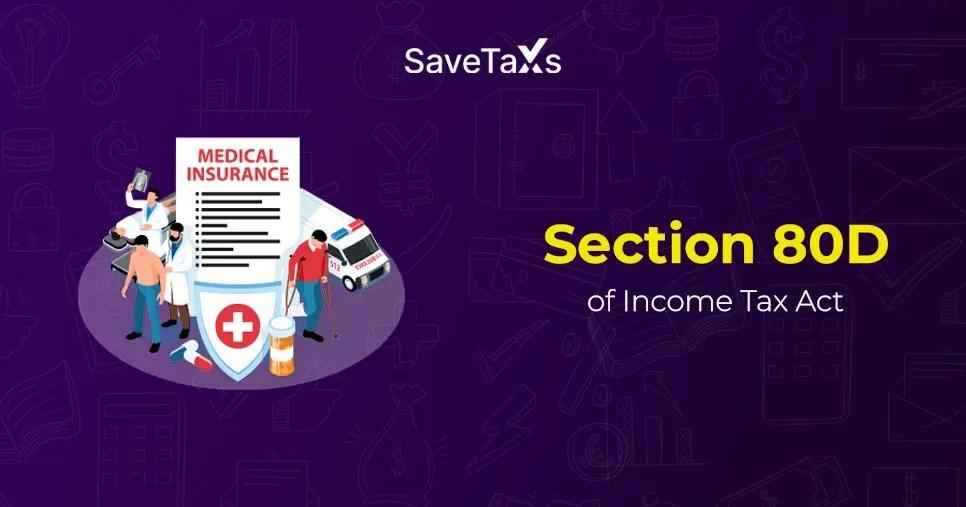
_1766059659.webp)
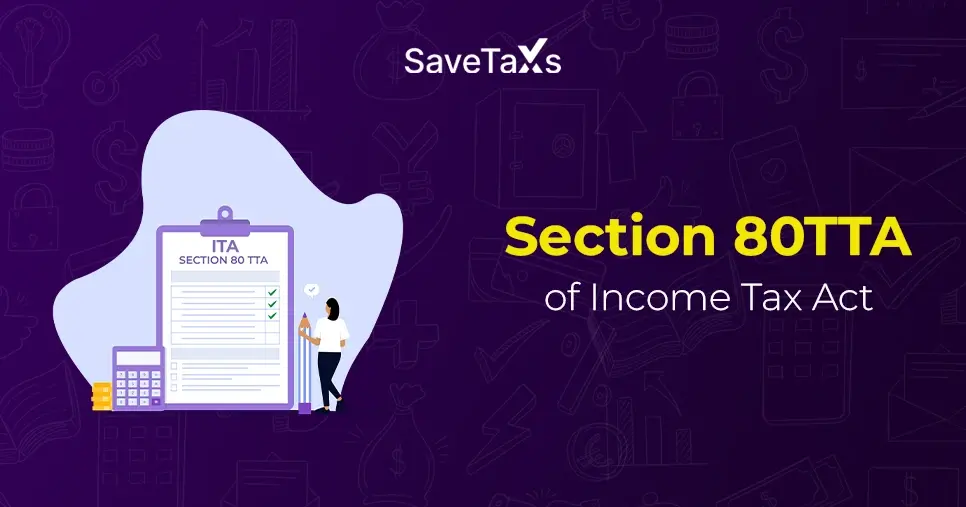
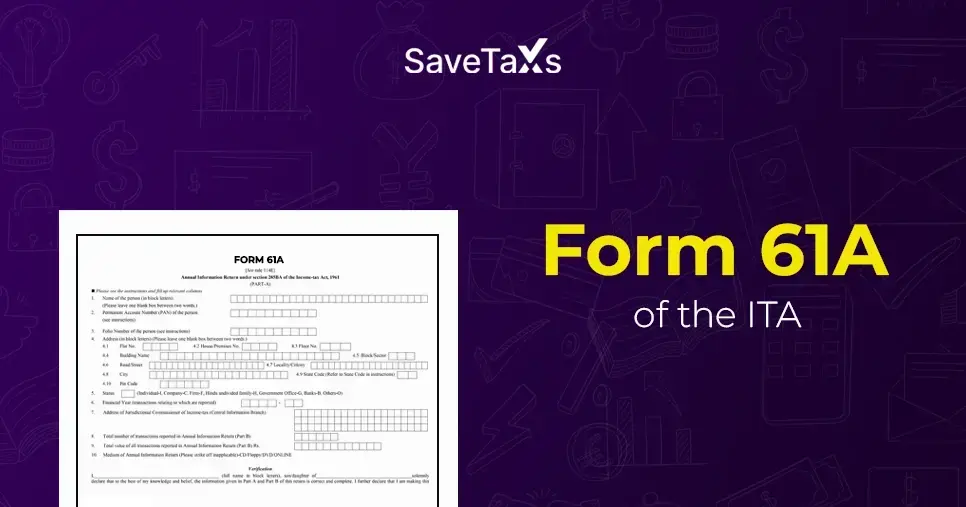
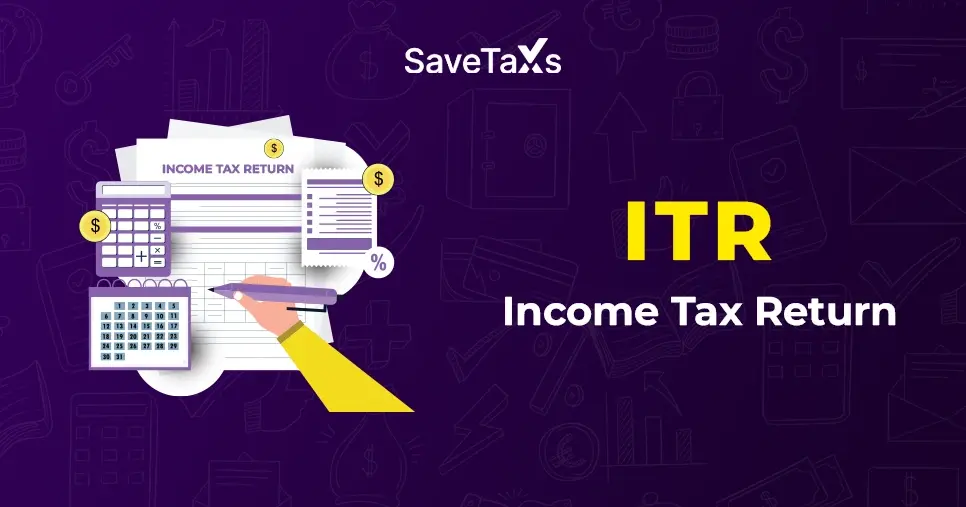
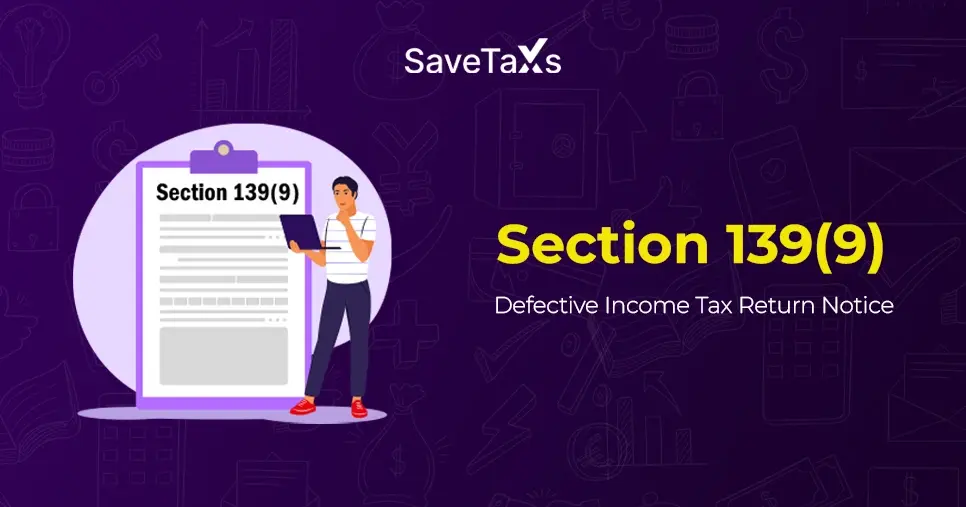
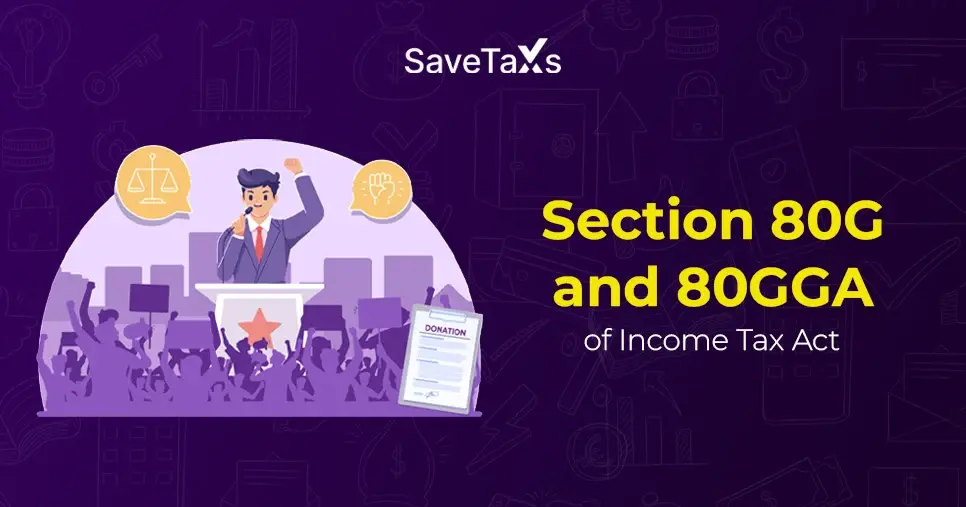


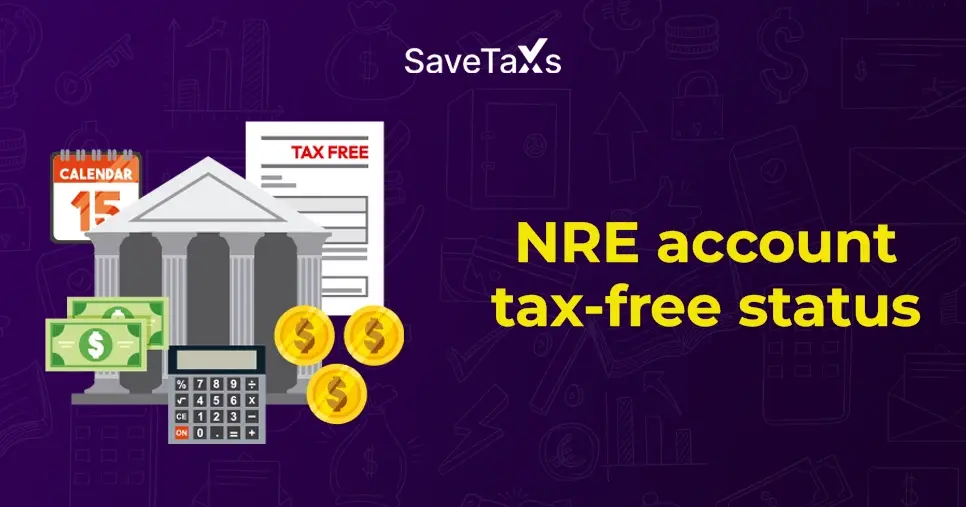
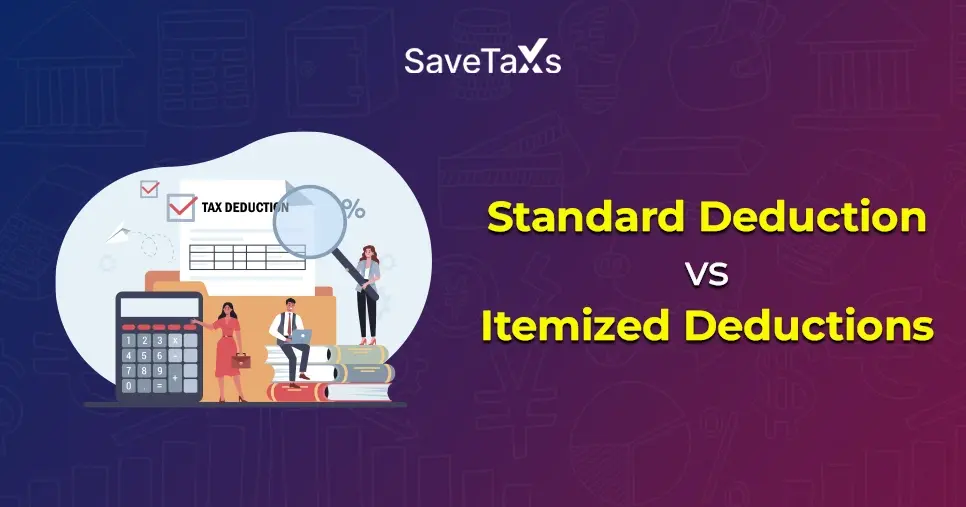

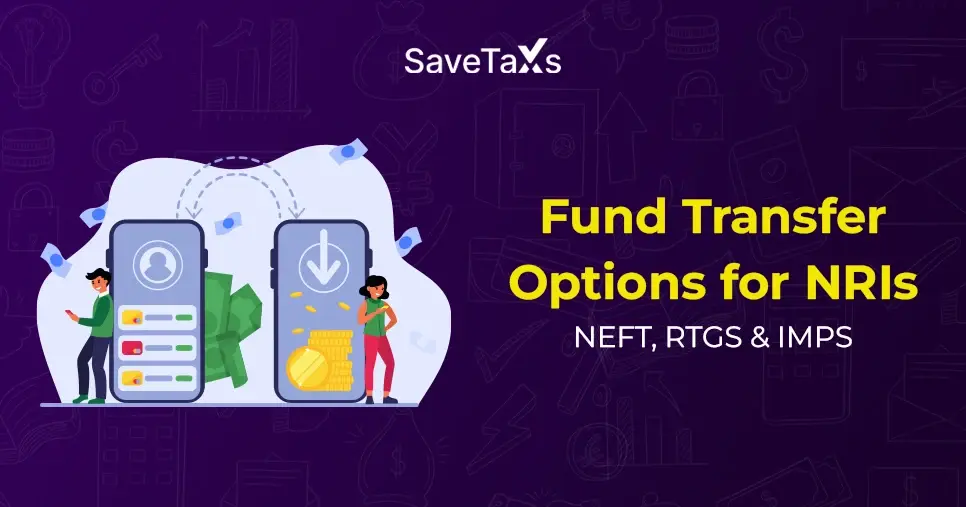
_1754392689.webp)
